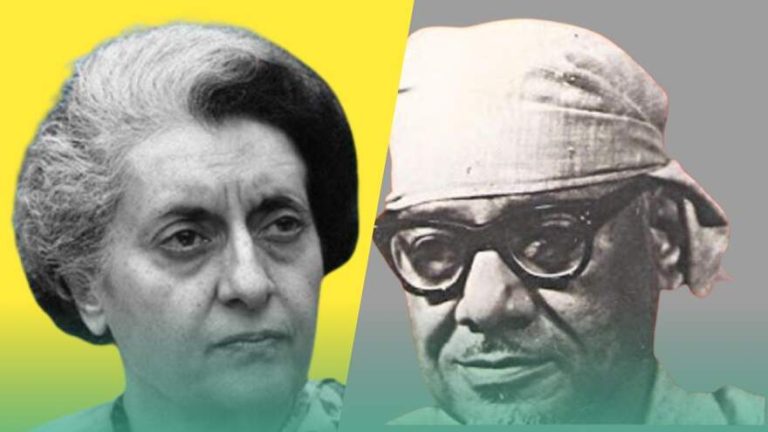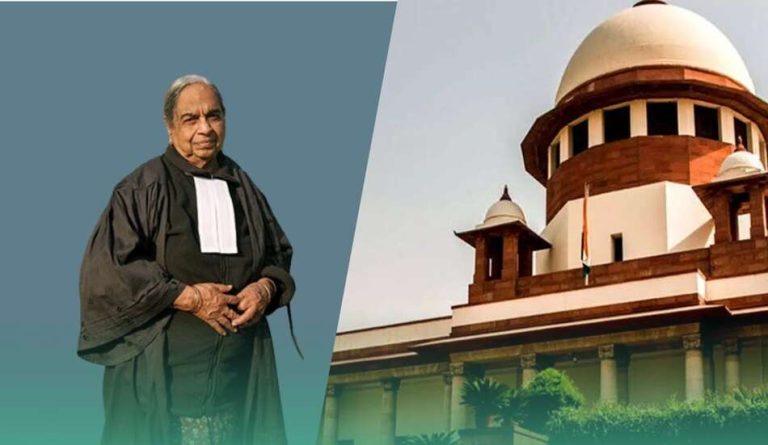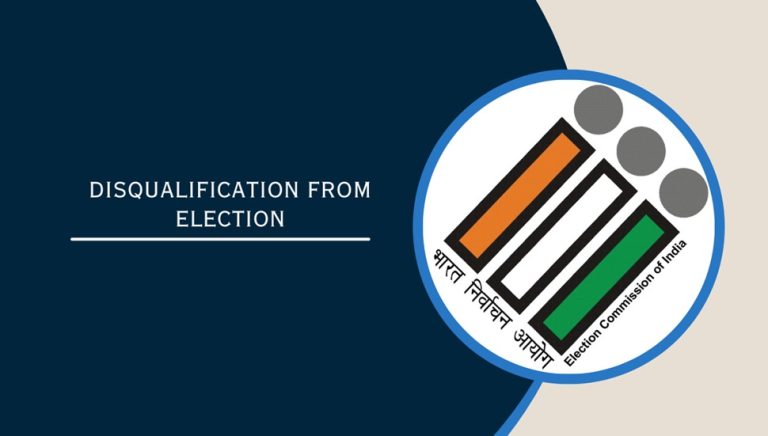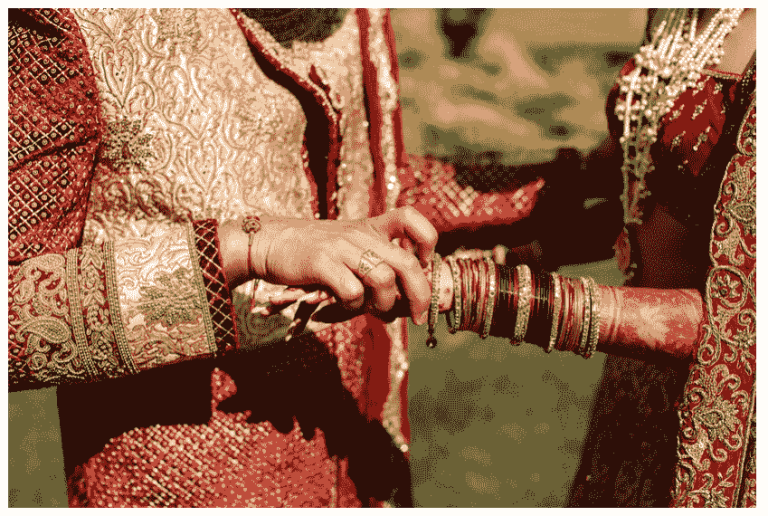Introduction
The Supreme Court’s recent pronouncement underscores a crucial aspect of legal interpretation in cases related to matrimonial disputes. In a significant ruling, the Court emphasized that not every instance of discord or annoyance between spouses amounts to the offense of “cruelty” under Section 498A IPC. This ruling serves as a caution against the mechanical application of Section 498A in all cases where wives file complaints against their husbands and in-laws.
The Court’s directive urges a nuanced approach, highlighting the need for careful consideration of the specific circumstances surrounding each complaint of harassment or ill-treatment. It emphasizes that Section 498A cannot be invoked automatically in every instance where a wife alleges mistreatment. Instead, the judiciary must undertake a thorough examination of matrimonial conduct before applying the provisions of the law.
In the ever-evolving landscape of Indian jurisprudence, the interpretation and application of laws, particularly those concerning matrimonial disputes, often present intricate challenges. The year 2022 witnessed several seminal judgments by the Supreme Court of India about Section 498A of the Indian Penal Code (IPC), shedding light on the complexities inherent in cases of alleged cruelty against women and their relatives. Section 498A of the IPC, a legal provision aimed at protecting married women from cruelty and harassment, has long been a subject of debate due to concerns about its potential for misuse and overreach.
The Court’s guidance advocates for a sophisticated approach, accentuating the necessity for meticulous scrutiny of the particular circumstances encompassing each complaint of harassment or maltreatment. It underscores that Section 498A should not be invoked by default whenever a wife alleges mistreatment. Instead, the legal system must engage in a comprehensive evaluation of matrimonial behavior before enforcing the tenets of the legislation. Amid the ever-changing realm of Indian legal doctrine, the analyses and implementations of statutes, especially those involving marital disputes, frequently pose intricate hurdles. The year 2022 bore witness to numerous groundbreaking verdicts by the Supreme Court of India on Section 498A of the Indian Penal Code (IPC), offering insights into the intricacies inherent in cases alleging cruelty against women and their associates. Section 498A of the IPC
Offense and Punishment
Subjecting a married woman to cruelty
– Informant: Information about the offense can be provided to the Station House Officer (SHO) by the aggrieved woman herself, her relative by blood, marriage, or adoption, or by a notified public servant.
– Punishment: The offender can face imprisonment for up to 3 years along with a fine.
– Cognizance: Nature: Non-cognizable, meaning the police cannot arrest without a warrant. However: It’s cognizable, meaning the police can investigate and make arrests without a warrant if they have reasonable grounds to believe that an offense has been committed.
– Bail: Non-bailable, meaning the accused cannot be released on bail except by a competent court.
– Triable By: The trial for this offense is conducted by a Magistrate First Class.
– Composition u/s 320 CrPC: The offense is not listed under compoundable offenses, which means the aggrieved woman or her relatives cannot enter into a compromise with the accused to drop the charges.
Subjecting a married woman to cruelty is a serious offense under Indian law. If the information about the offense is provided to the Station House Officer (SHO) by the aggrieved woman herself, her relative by blood, marriage, or adoption, or by a notified public servant, the punishment for the offender includes imprisonment for up to 3 years along with a fine.
The punishment for subjecting a married woman to cruelty is imprisonment for up to 3 years plus a fine. The offense is cognizable, meaning the police can arrest without a warrant. It is also non-bailable, so bail is at the discretion of the court. The trial will be conducted by a Magistrate First Class. Additionally, this offense is not compoundable under Section 320 of the Criminal Procedure Code (CRPC), meaning it cannot be settled between the parties involved.
Case Laws
In the seminal case of, the Supreme Court of India delivered a landmark judgment reaffirming the significance of judicial discretion and contextual analysis in cases concerning allegations of cruelty under Section 498A of the Indian Penal Code (IPC). The ruling elucidated the imperative to eschew a mechanistic application of the law and instead advocate for a nuanced understanding of the circumstances surrounding each complaint filed by wives against their husbands.
The Court’s elucidation on contextual analysis and evidentiary scrutiny underscored the judiciary’s pivotal role as a guardian of individual rights and liberties. By emphasizing the need for a holistic assessment of matrimonial discord cases, the judgment established a precedent calling upon courts to exercise discretion and discernment in adjudication.
This case law serves as a beacon, illuminating the path toward a legal framework characterized by fairness, equity, and compassion. It underscores the judiciary’s commitment to ensuring the protection of individual rights within the ambit of the law, and its recognition of the complex dynamics inherent in familial relationships.
These judgments, while providing clarity and guidance to the legal fraternity, also underscored the imperative of balancing justice with compassion and fairness. As India continues its journey towards progress and development, the Supreme Court’s call for a nuanced approach in Section 498A IPC cases resonates as a clarion call for fairness, empathy, and justice. By upholding these principles, the judiciary reaffirms its commitment to serving as the custodian of the rule of law, ensuring that the rights and dignity of all individuals are upheld and protected.
The significance of dying declarations as evidence in cases under Section 498A found resonance in the judgment of Rajaram v. State of M.P. (2022 SCC Online SC 1733). Here, the Court underscored the importance of meticulous scrutiny and evaluation of evidence, particularly in cases where the accused’s liberty hangs in the balance. The judgment reaffirmed the principle that justice must not only be done but must also be seen to be done, necessitating a meticulous examination of the facts and circumstances of each case.
The Supreme Court’s pronouncement in the case of Kahkashan Kausar v. State of Bihar (2022 SCC Online SC 162) resonated with significant implications for cases involving allegations against the husband’s relatives. The Court emphasized the necessity of specific allegations of dowry demand against the husband’s relatives, cautioning against the indiscriminate initiation of criminal trials. This ruling not only delineated the contours of liability but also underscored the profound impact of legal proceedings on the accused, advocating for prudence and restraint in the administration of justice.
Similarly, in the case of Meera v. State (2022 SCC Online SC 31), the Supreme Court delivered a decisive judgment underscoring the gravity of cruelty perpetrated by one woman against another, particularly in the context of a daughter-in-law and mother-in-law relationship. The Court unequivocally stated that offenses committed by a woman against another woman merit no leniency, emphasizing the need for stringent adherence to the principles of justice and equality before the law.
The question of evidence, often central to cases under Section 498A, received meticulous scrutiny in the judgment of Surendran v. State of Kerala (2022 SCC Online SC 621).
The Court reiterated the principle that while testimony from related or interested witnesses cannot be summarily dismissed, it warrants scrutiny and evaluation. This emphasis on evidentiary rigor underscores the judiciary’s commitment to ensuring a fair and impartial adjudication process, free from undue influence or prejudice.
The Court’s decision draws upon a robust jurisprudential framework, informed by several seminal case laws that have shaped its approach to matters of domestic discord and matrimonial disputes. Cases such as Arnesh Kumar v. State of Bihar (2014), K. Srinivas Rao v. D.A. Deepa (2013), and Sushil Kumar Sharma v. Union of India (2005) have provided crucial insights into the complexities of adjudicating cases under Section 498A, emphasizing the importance of fair investigation, evidentiary rigor, and safeguards against false allegations.
The Supreme Court reaffirms its commitment to upholding the principles of fairness, equity, and justice in the realm of matrimonial law. The ruling serves as a timely reminder to legal practitioners and law enforcement agencies to exercise prudence and discretion in dealing with complaints lodged under Section 498A, ensuring that justice is pursued diligently and impartially
Conclusion
In conclusion, the recent directive from the Supreme Court of India regarding the application of Section 498A of the Indian Penal Code (IPC) in matrimonial disputes marks a significant step towards ensuring fairness and justice in legal proceedings. By cautioning against the mechanical application of the law and emphasizing the need for nuanced analysis of each case, the Court has reaffirmed its commitment to upholding the principles of equity and due process.
This directive serves as a reminder that while allegations of harassment or ill-treatment must be taken seriously, not every marital discord constitutes the offense of “cruelty” under Section 498A. It underscores the importance of judicial discretion and contextual examination in adjudicating such cases, thereby preventing the indiscriminate use of legal provisions that could potentially lead to injustice
- The freshest ruling from the Supreme Court highlights a vital element of legal elucidation in scenarios regarding marital disagreements. In a momentous verdict, the Court stressed that not every situation of disagreement or vexation among spouses qualifies as the transgression of “cruelty” pursuant to Section 498A of the Indian Penal Code (IPC).
Also Read:
Rights of undertrial prisoners in India
How To Send A Legal Notice In India













